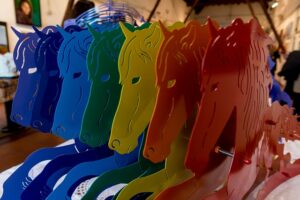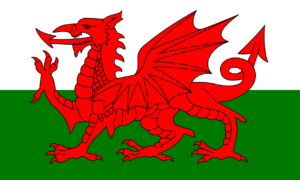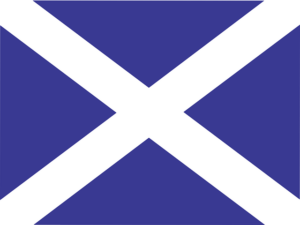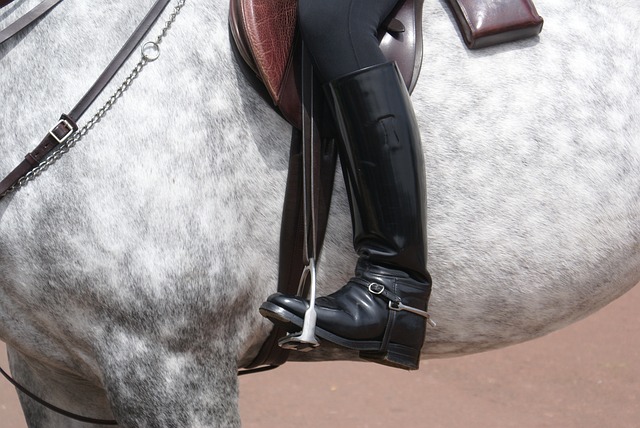Earth Summit: The Greatest National Horse Ever
 It sounds a bold claim.
It sounds a bold claim.
You may have one horse on you mind and I know its name. I don’t want to be controversial but the name you are thinking is wrong.
I’m sorry, but you’re wrong.
It’s not Red Rum. The mighty hero of the Aintree Grand National. The apple of so many eyes: Ginger McCain, Brian Fletcher and Noel Le Mare.
Victorious: 1973, 1974 & 1977.
The most famous horse to ever set hoof on Aintree’s turf. After ‘Rummy’ won in 1974, the words of Le Mare echoed magnificence. He had such presence. It could only come from a bygone age. In those days, a gentleman had a way of expressing himself. The problem these days, there are very few gentlemen left.
The world is a sadder place for it.
I have a horse in mind. However, it isn’t ‘just’ an Aintree winner.
Think back to 1998.
Not only did this gelding win at Aintree but the most elusive of trebles: including the Welsh and Scottish Grand National.
This son of Celtic Cone, a mud-lover like his sire, was amazing and I fear his achievement has gone unnoticed.
Earth Summit, trained by Nigel Twiston-Davies, in the ownership of The Summit Partnership, is, to my knowledge the only horse to win all three Nationals.
It should be noted Earth Summit’s ownership:
Until 31st December, 1993, Nigel Payne
Until 21st July, 1994, R I Sims
Until Retirement: *The Summit Partnership
(*Headed by Nigel Payne)
Let’s take a look at those 3 National Victories:
1994 – Scottish Grand National
16th April, 1994. The six-year-old, Earth Summit, took to the good ground well and given a beautiful ride by David Bridgwater. The 16/1 shot slipped under the radar carrying 10 stone, he sat handy and led 5 fences out, soon quickened clear, easily. He won by 14-lengths, from Bishop’s Island (7/1C) while Superior Finish (7/1C) third. At this time, he was in the ownership of R I Sims.
Win price money: £29,700
1997 – Welsh Grand National
27th December, 1997. The nine-year-old relished the heavy ground in the capable hands of Tom Jenks. Only seven of the fourteen runners completed the 3m 5f (22 fences). The 25/1 shot, led four fences out, and clear from three out, all out. He held the finish of Dom Samourai (12/1), who stayed on well on the flat but held by one and three quarter lengths. Samlee (7/1) finished a gallant third. The Racing Post quote said it all: ‘No other race quite sorts out the men from the boys like this one…he galloped his rivals into the mud.’ This was all the more remarkable after he suffered a near fatal injury to his near fore in the Greenalls Grand National Trial (February, 1996). ‘Twiston-Davis has shown the patience of a saint with him…’
Win prize money: £30, 846
1998 – Aintree Grand National
4th April, 1998. A truly magnificent day for Earth Summit. The ten-year-old gelding, won the greatest steeplechase of them all winning the Martell Grand National over 4m 4f on soft ground. Ridden by Carl Llewellyn, he chased the leaders, hitting the 19th fence before staying on well, ridden last but held all challengers by eleven lengths from Suny Bay (11/1), while Samlee (8/1) finished a distance behind in third. Only six of the thirty-seven runners finished. Earth Summit triumphant at 7/1f.
Once again, Earth Summit showed his stamina. ‘This was always going to be an extremely gruelling test…class still told, as it nearly always does…a renowned mudlark, once he had asserted going to the last, there was only going to be one winner.’
Win prize money: £212,569
Earth Summit ran his final race in the Welsh Grand National on the 29th December, 1999. In heavy ground he finished ninth.
In his career he raced in the following Nationals:
Welsh Grand National:
1997 – 1st
1998 – PU
1999 – 9th
Scottish Grand National:
1994 – 1st
Aintree Grand National:
1998 – 1st
1999 – 8th
Under race rules Earth Summit ran 41 times, achieving 10 wins, 7 seconds and 1 third. His total earnings £372, 566.
He only fell once in his career. He was retired in 2000 and given to his lass Marcella Bayliss. He passed away at the age of 17, humanely put down after being diagnosed with cancer in his liver and spleen.
An exceptional horse. He loved a test of stamina, a mudlark who revelled in the heaviest going and the only horse to ever win all three Nationals: Welsh, Scottish & Aintree.
Earth Summit (1988 – 2005).
 Of all the three Nationals, the Welsh is the first on the list for punters. It takes place on the 27th December at Chepstow over 3 miles and 6 ½ furlongs. This Premier Handicap National Hunt steeplechase is the feature of this idiosyncratic left-handed racecourse. With 23 fences it has fewer obstacles than Aintree or Scottish Grand National.
Of all the three Nationals, the Welsh is the first on the list for punters. It takes place on the 27th December at Chepstow over 3 miles and 6 ½ furlongs. This Premier Handicap National Hunt steeplechase is the feature of this idiosyncratic left-handed racecourse. With 23 fences it has fewer obstacles than Aintree or Scottish Grand National. The emphasis of this website is to detail the Aintree Grand National. However, it is important to remember there are other ‘Nationals’ on the Racing Calender, including both Scottish and Welsh.
The emphasis of this website is to detail the Aintree Grand National. However, it is important to remember there are other ‘Nationals’ on the Racing Calender, including both Scottish and Welsh. If you are reading this article, the 2025 Aintree Grand National may be on the horizon. Perhaps you are interested in placing a bet on the most famous steeplechase of them all. I remember watching my first National bet back in 1981.
If you are reading this article, the 2025 Aintree Grand National may be on the horizon. Perhaps you are interested in placing a bet on the most famous steeplechase of them all. I remember watching my first National bet back in 1981. The Aintree Grand National started in 1839. The most famous steeplechase in the world has and continues to be very popular. With the exception of the War Years from 1941 – 1945, one void race in 1993, due to a false start, and nightmare what was Covid 19 pandemic in 2020, the races have been a staple for viewers across the globe.
The Aintree Grand National started in 1839. The most famous steeplechase in the world has and continues to be very popular. With the exception of the War Years from 1941 – 1945, one void race in 1993, due to a false start, and nightmare what was Covid 19 pandemic in 2020, the races have been a staple for viewers across the globe.